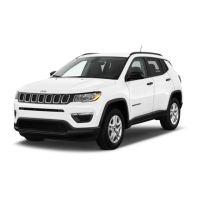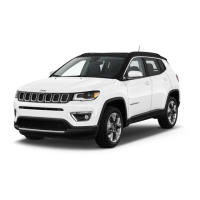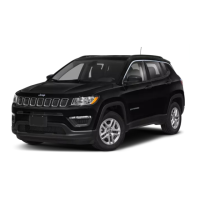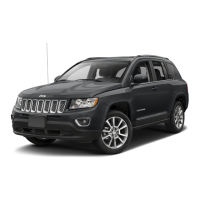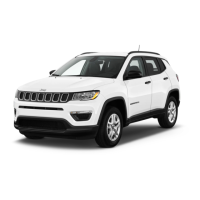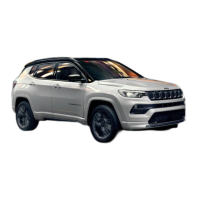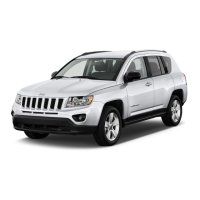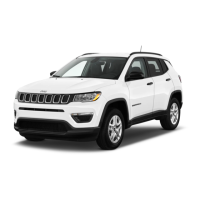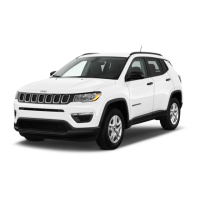273
Driving uphill off-road
NOTE Before attempting to climb a hill,
determine the conditions at the crest
and/or on the other side. Before climbing
a steep slope, shift the transmission to
a lower gear. On particularly steep hills,
engage first gear.
WARNING For the Plug-In Hybrid
version, also select the 4WD LOW
operating mode. On particularly steep
climbs, engage the 1
st
gear and select
the 4WD LOW operating mode.
NOTE Brakes should be applied at
increased slippage, but before coming
to a stop to avoid digging into the loose
surface and rendering the operator of the
car stuck/immobile.
WARNING If you stall or begin to lose
headway while climbing a steep hill,
allow your car to come to a stop and
immediately apply the brakes. Once
stopped, shift to reverse. Reverse
downhill slowly, keeping the speed of
the car under control through the engine
braking action only. If the brakes are
required to control car speed, apply them
lightly and avoid locking or skidding the
tyres.
363)
WARNING Remember, never drive
diagonally across a hill - drive straight up
or down.
If the wheels start to slip as you
approach the crest of a hill, ease off the
accelerator and maintain headway by
turning the front wheels slowly left and
right. This may provide a fresh “bite”
into the surface and will usually provide
traction to complete the climb.
Driving downhill off-road
Shift the transmission into a low gear
or select hill descent control, where
provided. See the "Safety systems”
chapter in the “Safety” section for more
information).
When travelling on mountain roads or
down hills, repeated operation of the
brakes may cause overheating, even
to the extent of totally compromising
braking efficiency . Avoid repeated heavy
braking by downshifting the transmission
whenever possible.
After off-road driving
Off-road driving puts more stress on your
car than on-road driving. After going off-
road, it is always a good idea to check for
damage.
Completely inspect the underbody of
your car. Check the tyres, the structure
of the bodywork, the steering, the
suspensions and the exhaust system to
detect any damage;
Inspect the radiator for mud and
debris and clean as required.
Check threaded fasteners for
looseness, particularly on the chassis,
drivetrain components, steering, and
suspension. Contact a Jeep Dealership if
they are.
Check for accumulations of plants or
brush. They could catch fire or might
hide damage to fuel lines, brake hoses,
axle pinion seals, and propeller shafts.
After prolonged use on terrain which
is muddy or sandy or characterised by
water courses or similar, check the
radiator, fan, brake pads and discs and
tyre conditions and clean them as soon
as possible.
364)
If, after use on muddy or sludgy
terrain, vibration is noticed, check that
foreign bodies that may compromise
balance have not become stuck on the
wheels.
WARNING
363) If the engine stalls, the driver skids
or it is not possible to drive in a straight
line on the top of a hill or a road with a
gradient, do not try to do a U-turn for any
reason. To do so may result in tipping and
rolling the vehicle. Carefully back onto the
slope in reverse gear. Never back down a
hill in neutral using only the brake.
364) Abrasive material in any part of the
braking system may cause excessive wear
or unpredictable braking performance.
Full braking power may not be available
to prevent a collision. If you have
been operating your vehicle in dirty
conditions, inspect and clean the braking
components as soon as possible.

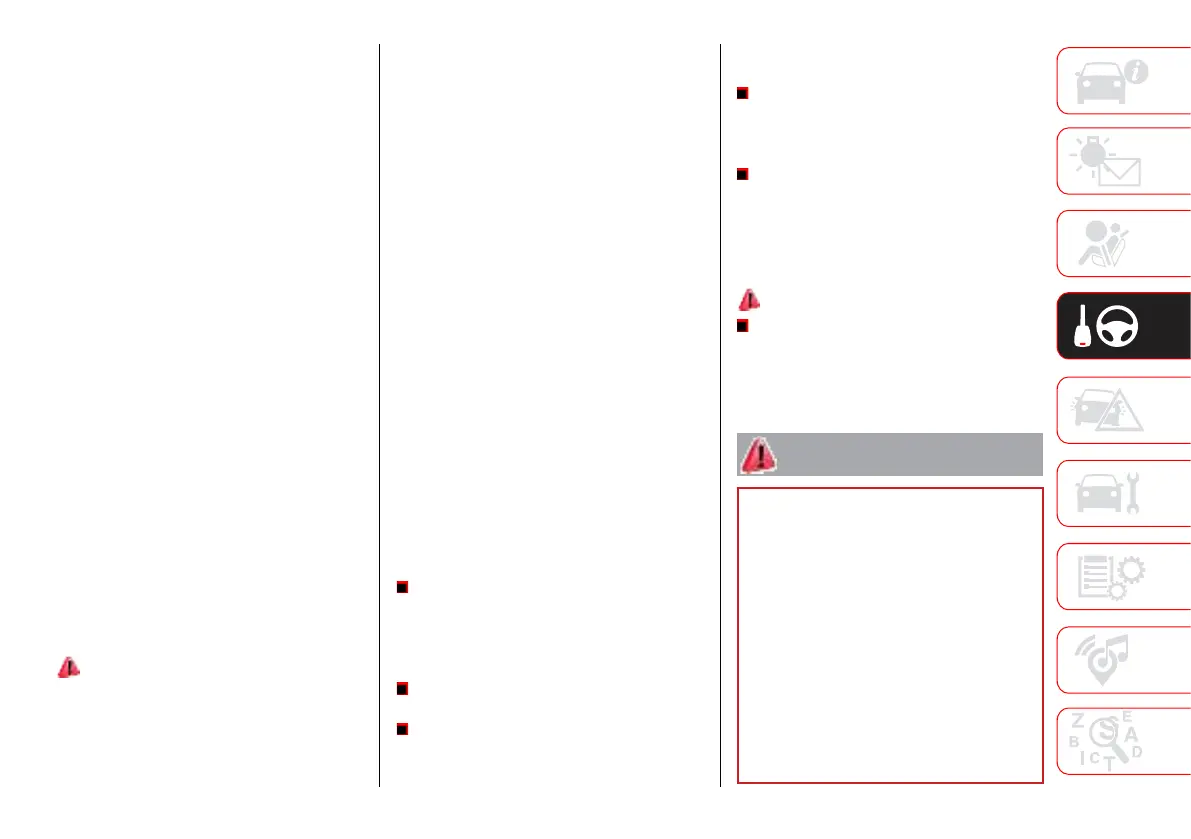